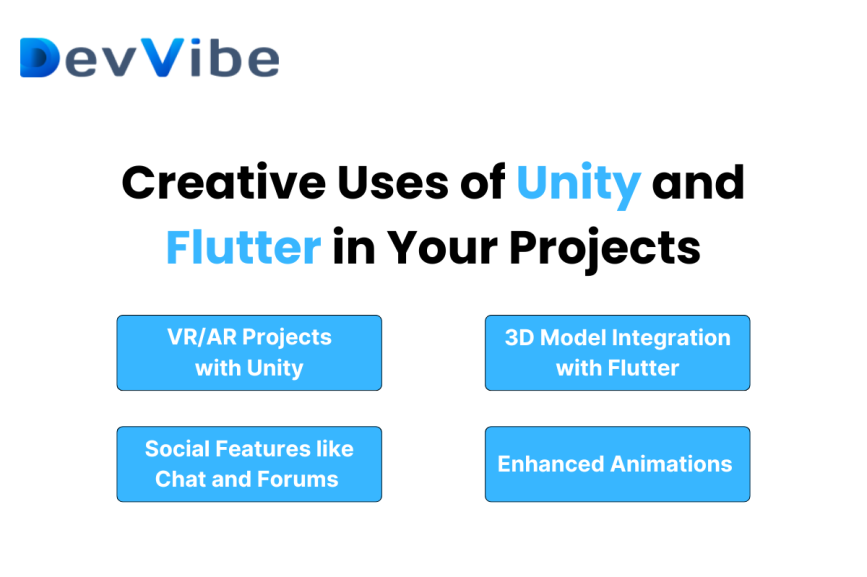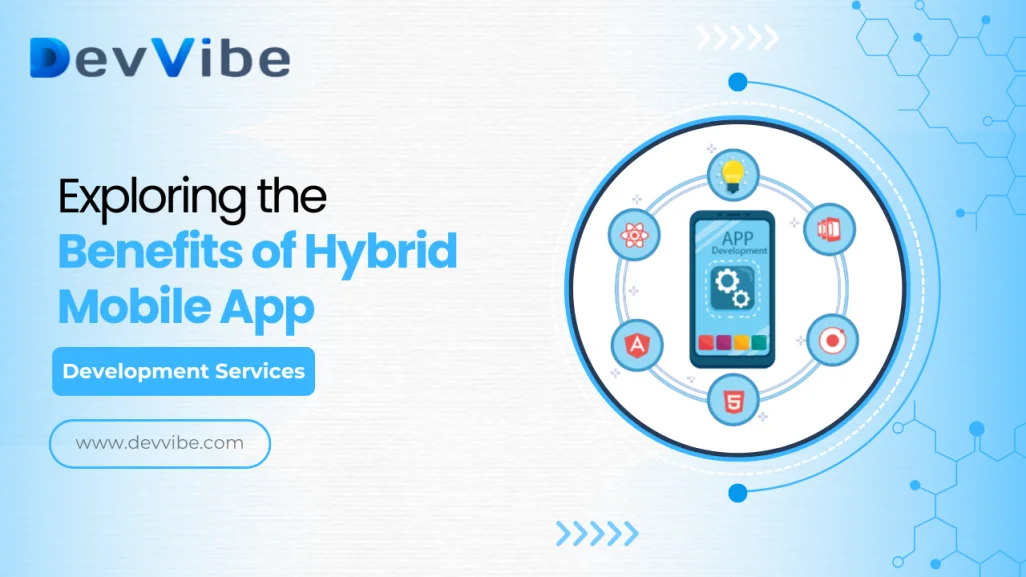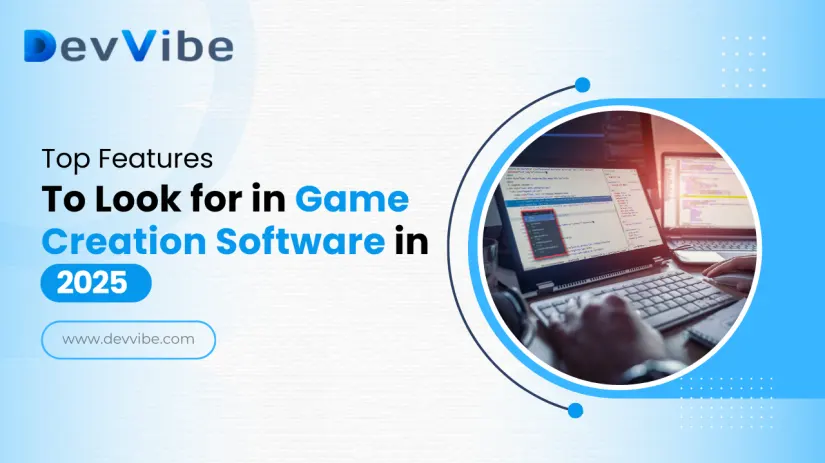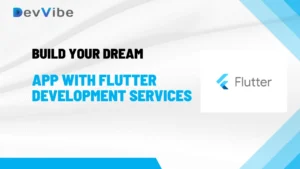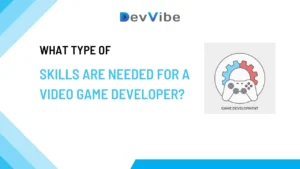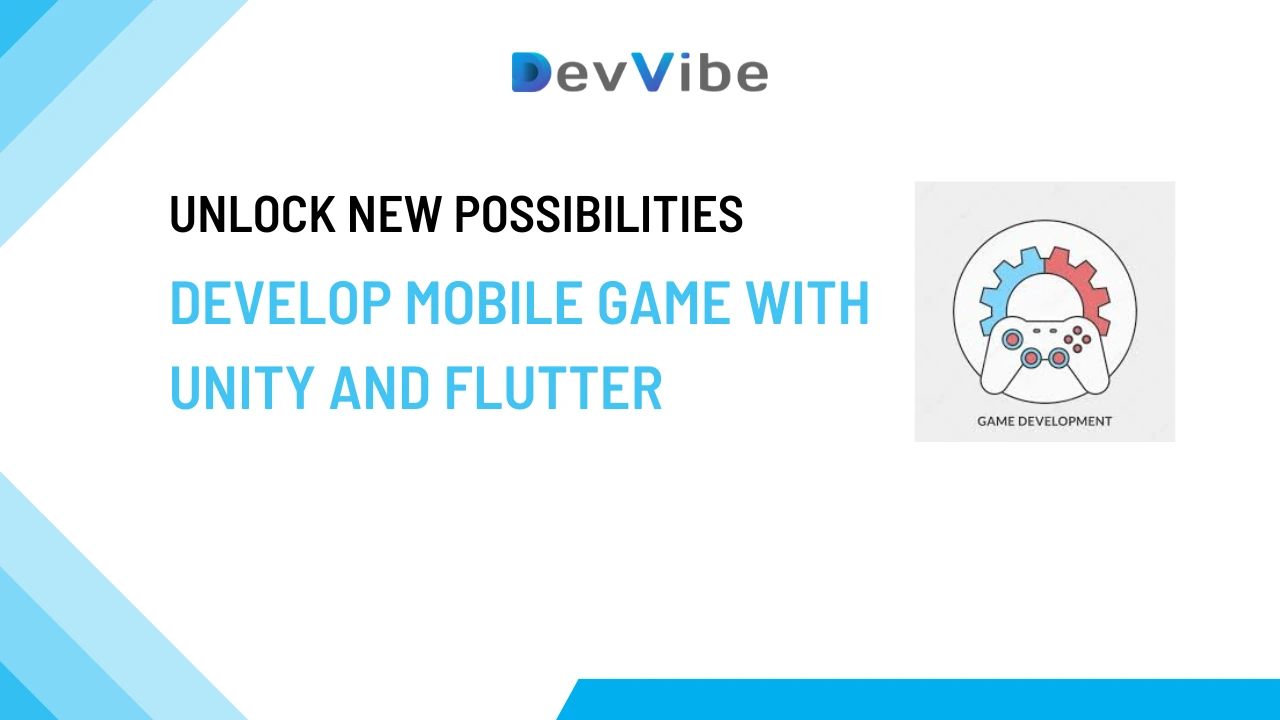
Develop Mobile Game Using Unity and Flutter: Unlock New Possibilities
In today’s competitive app market, standing out isn’t easy, but integrating advanced features like animations and gamification can help capture user attention. Beyond animations, consider implementing gamified elements within your app, such as rewarding users for their loyalty with fun interactive features. For instance, you can make UI components more dynamic or add a small game feature. In this article, we will explore how to create a mobile game using Unity and Flutter. By combining Unity and Flutter, developers can integrate immersive gaming elements with interactive components, enhancing user engagement and creating a more dynamic experience.
Creative Uses of Unity and Flutter in Your Projects
Unity and Flutter offer a range of possibilities beyond typical game development. Here are some innovative ways to leverage these technologies together:
VR/AR Projects with Unity
Unity is widely known for its mobile game development capabilities, but it’s equally powerful in VR and AR applications. If you have an eCommerce app, for example, you can use Unity to create a virtual environment where customers view products in real-world settings through Augmented Reality. While combining Unity and Flutter for this purpose may increase project costs, the result is a highly interactive and immersive experience for users.
3D Model Integration with Flutter
You can extend Flutter’s features by supporting basic 3D models directly, eliminating the need for Unity in certain cases. With packages like model_viewer_plus, app developers can embed and interact with 3D models within a Flutter app. This approach allows for engaging 3D visuals without the complexity of Unity, making it a lightweight option for interactive 3D content.
Social Features like Chat and Forums
For apps focused on community engagement, a chat or forum feature integrated with the Unity environment can be a powerful tool. For instance, leading companies like Tencent have successfully implemented social interaction by embedding a Flutter-based forum within their Unity-driven games, allowing users to share gameplay clips and experiences within the app seamlessly.
Enhanced Animations
Combining Unity’s animation capabilities with Flutter’s flexibility can bring characters and mascots to life within your app. Consider creating a mini-game featuring your company’s mascot or a well-known character, similar to how Duolingo uses Duo, or Disney uses Mickey Mouse. This approach is especially effective for apps targeting younger audiences, creating a memorable and engaging user experience.
Allocating tasks between Unity and Flutter teams allows for more efficient development. The Unity team can handle visual and mechanical details of the game, while the Flutter team manages platform-specific UI elements, reducing the complexity of handling both simultaneously.
Setting Up Unity with Flutter
The integration process for Unity within a Flutter app has been simplified by tools like flutter_unity_widget, created by juicycleff. This widget enables embedding Unity directly into Flutter apps. It leverages Flutter’s platform channel mechanism, allowing real-time communication between Unity and Flutter components.
Using this channel mechanism, developers can establish direct communication between the Flutter interface and the Unity-rendered scene. For instance, a button click within a Flutter UI could trigger an action in the Unity scene, enabling a seamless two-way communication experience. An example of this is controlling the rotation speed of a 3D object in Unity with a slider component in Flutter.
Unity’s native Android and iOS code is rendered into a platform-specific view, and developers can interact with Unity objects using Flutter widgets. By setting up triggers within Unity, events like unlocking new achievements can be reflected in the Flutter UI, allowing users to track progress interactively.
Two-Way Communication Between Flutter and Unity
Setting up Unity with Flutter involves configuring the Unity editor for compatibility with flutter_unity_widget. After following the setup instructions, the Flutter and Unity interfaces can interact seamlessly. For instance, a user’s interaction with a Unity-rendered 3D cube could initiate a dialog in the Flutter UI.
Unity’s channel mechanism maintains performance efficiency while allowing bi-directional communication. It also lets developers connect Flutter and Unity using native code on Android and iOS, ensuring a high-performance user experience.
However, embedding Unity into Flutter comes with complexities. Communication between Unity and Flutter must be carefully managed, especially when using plugins, such as those for ads or in-app purchases, as they may need to be moved to Flutter for consistent functionality.
Developing Mobile Games in Flutter without Unity
Creating games in Flutter alone is entirely possible, especially for 2D experiences. Thanks to Google’s and the Flutter community’s ongoing efforts, developers now have access to tools and resources that support game development within Flutter. For instance, Google offers resources like tutorials, case studies, and a dedicated page for games built with Flutter.
For 2D game development, the flame_engine offers a streamlined solution. This modular game engine includes built-in solutions for common game development needs, such as handling sprites, animations, and collision detection. With flame_audio and flame_rive integrations, developers can incorporate interactive audio and animations created with Rive, a tool for building vector animations.
An excellent example of a 2D game built with Flutter is Lost Vault, a game that launched in 2021 and remains popular, showing that Flutter-based games can achieve lasting success without relying on Unity.
Looking Ahead: Flutter GameKit and More
One exciting development for Flutter game developers is Rive, which provides tools for building engaging animations. The Rive team is also working on Flutter GameKit, an engine based on Rive Renderer, currently in technical preview. This tool could significantly expand the possibilities for creating more dynamic and visually appealing games in Flutter.
Beyond tools, Flutter is increasingly recognized in the gaming industry. The annual Global Gamers Challenge organized by the Flutter team exemplifies Flutter’s growing relevance among game developers. Initiatives like this promote the adoption of Flutter for game development, driving innovation in the space.
Performance Considerations: Unity vs Flame
Unity game performance is crucial for mobile games, and Unity and Flame have different strengths. Unity is highly efficient for loading and running complex 3D graphics in mobile apps. By managing resource loading, such as preloading Unity on app startup and releasing resources upon closing, Unity can provide a smooth user experience. Meanwhile, flame _engine is optimized for 2D games, making it an ideal choice for simpler animations and game mechanics.
Choosing between Unity and Flame depends on your project’s needs. Unity excels in 3D games, while Flame offers better performance for 2D games. Both engines have their specific use cases, and selecting the right one depends on the intended gameplay experience and technical requirements.
FAQs on Unity and Flutter Integration
What are the benefits of Unity and Flutter integration for mobile games?
Combining Unity and Flutter maximizes their unique strengths: Unity provides robust 3D graphics for immersive experiences, while Flutter ensures smooth, attractive UI for interactive elements. Using both frameworks helps streamline development by allowing each to focus on its strengths, thus creating a well-rounded mobile gaming experience.
What skills are needed to integrate Unity and Flutter?
Unity developers should know C# programming, 3D modeling, and game mechanics, while the Flutter team should be proficient in Dart and understand the platform’s UI components. Familiarity with platform-specific APIs is essential for both teams to facilitate communication between Unity and Flutter through the platform channel mechanism.
Final Thoughts
Incorporating Unity and Flutter into your mobile app can create visually stunning, interactive experiences, from integrating 3D models to setting up gamified features. While Unity is ideal for rich 3D visuals, Flame offers a streamlined solution for 2D games, allowing developers to achieve high performance within their apps. The choice between Unity and Flutter depends on your app’s goals and required features, but the synergy of both frameworks opens up exciting possibilities for mobile game and app development.
DevVibe is a software company that excels in game development, blending the power of Flutter and Unity to create immersive, high-performance mobile games. By integrating Unity’s advanced 3D rendering capabilities with Flutter’s efficient UI components, Devvibe crafts visually stunning games with smooth interactions. This synergy enables DevVibe to deliver engaging, interactive experiences across diverse platforms, showcasing both technical expertise and creative innovation.



